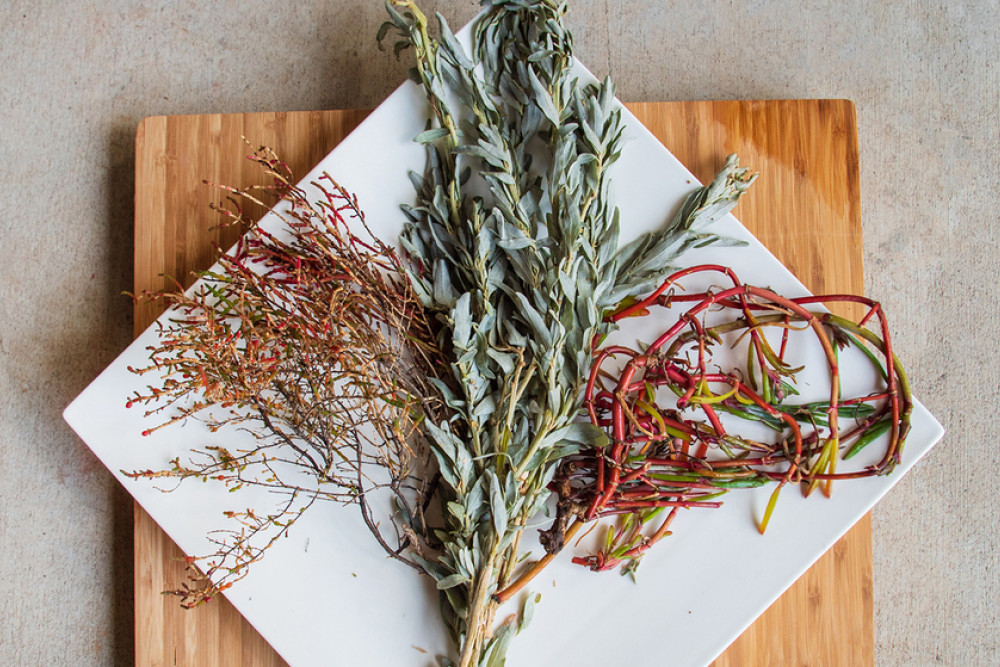Community & Business
8 February, 2023
Pass the halophyte and pepper please
A group of plants used by First Nations Australians as food, animal fodder and medicine could be a nutritious alternative to salt, according to University of Queensland research.

PhD candidate Sukirtha Srivarathan from the Queensland Alliance for Agriculture and Food Innovation (QAAFI) has found that edible halophytes have potential as a bush foods business opportunity.
Ms Srivarathan said halophytes like samphire, seablite, saltbush and seapurslane contained nutritional benefits and bioactive properties.
“They’ve been used for more than 65,000 years as food – especially during drought – because they grow all year-round,” she said.
“They’re a good source of protein and most of them are a good source of fibre, minerals and trace elements, especially calcium, iron, potassium and zinc, while some also have considerable amounts of folate (vitamin B9) and vitamin C.
The research was conducted through the ARC Industrial Transformation Training Centre for Uniquely Australian Foods at the request of a Western Australian First Nation community led by Bruno Dann and Marion Manson.
Uncle Bruno said halophytes have long been a staple food for Nyul Nyul people in the Kimberley region, collected seasonally by his mimies (grandmothers) and gullords (grandfathers).
“Halophytes were a great mai (bush food) when we were by the sea, then we would move inland and back again – living seasonally, in the cycles of life and the seasons, going with the land.”
The research was published in the Journal of Food Composition and Analysis.


